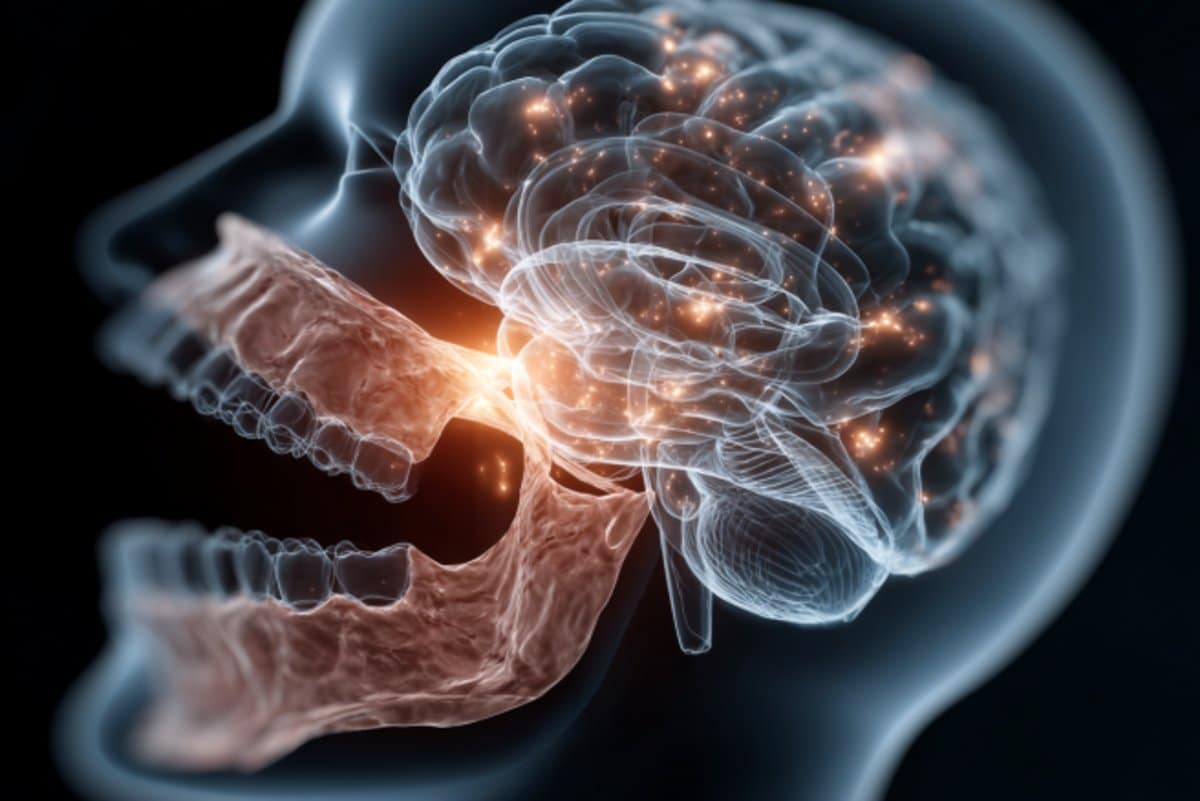A protein called ferritin light chain 1 (FTL1) may play a significant role in brain aging, a new study reveals, giving scientists a new target for understanding and potentially preventing brain deterioration and disease.
FTL1 was brought to light through a careful comparison of the hippocampus part of the brain in mice of different ages. The hippocampus is involved in memory and learning, and it is one of the regions that suffers most from age-related decline.
The study team found that FLT1 was the one protein in this region that old mice had more of and young mice had less of.
The work was led by a team from the University of California, San Francisco (UCSF), and the researchers are hopeful that their findings will enlighten human treatments for neurodegenerative conditions, such as Alzheimer’s disease.
Related: A Single Brain Scan Halfway Through Your Life Can Reveal How Fast You’re Aging
“Our data raise the exciting possibility that the beneficial effects of targeting neuronal FTL1 at old age may extend more broadly, beyond cognitive aging, to neurodegenerative disease conditions in older people,” write the researchers in their published paper.
FTL1 is known to be related to storing iron in the body, but hasn’t come up in relation to brain aging before. To test its involvement after their initial findings, the researchers used genetic editing to overexpress the protein in young mice, and reduce its level in old mice.

The results were clear: the younger mice showed signs of impaired memory and learning abilities, as if they were getting old before their time, while in the older mice there were signs of restored cognitive function – some of the brain aging was effectively reversed.
Before we get ahead of ourselves, this has only been demonstrated in mouse models, and there’s a lot of work to do before this can be confirmed in people, but the early signs are promising when it comes to keeping older brains in a healthier state.
“It is truly a reversal of impairments,” says biomedical scientist Saul Villeda, from UCSF. “It’s much more than merely delaying or preventing symptoms.”
Further tests on cells in petri dishes showed how FTL1 stopped neurons from growing properly, with neural wires lacking the branching structures that typically provide links between nerve cells and improve brain connectivity.
From the analysis carried out by the researchers, it seems that increased FTL1 may interfere with the mitochondria that act as the power stations of our cells. Mitochondria are closely linked to aging – it’s as if they’re light bulbs that get dimmer and dimmer as we get older.
Part of the difficulty in studying aging is picking apart which changes in the body are the result of aging, and which changes might be driving it. Through the collection of tests run here, it seems FTL1 is one of those drivers – at least in the hippocampuses of mice.
Future research can now look at how this might be applied to people, and possibly neurodegenerative diseases such as Alzheimer’s and Parkinson’s. It’s also going to be important to find out more about how FTL1 affects the brain, and what the full set of consequences of limiting it might be.
“We’re seeing more opportunities to alleviate the worst consequences of old age,” says Villeda. “It’s a hopeful time to be working on the biology of aging.”
The research has been published in Nature Aging.
Source link


